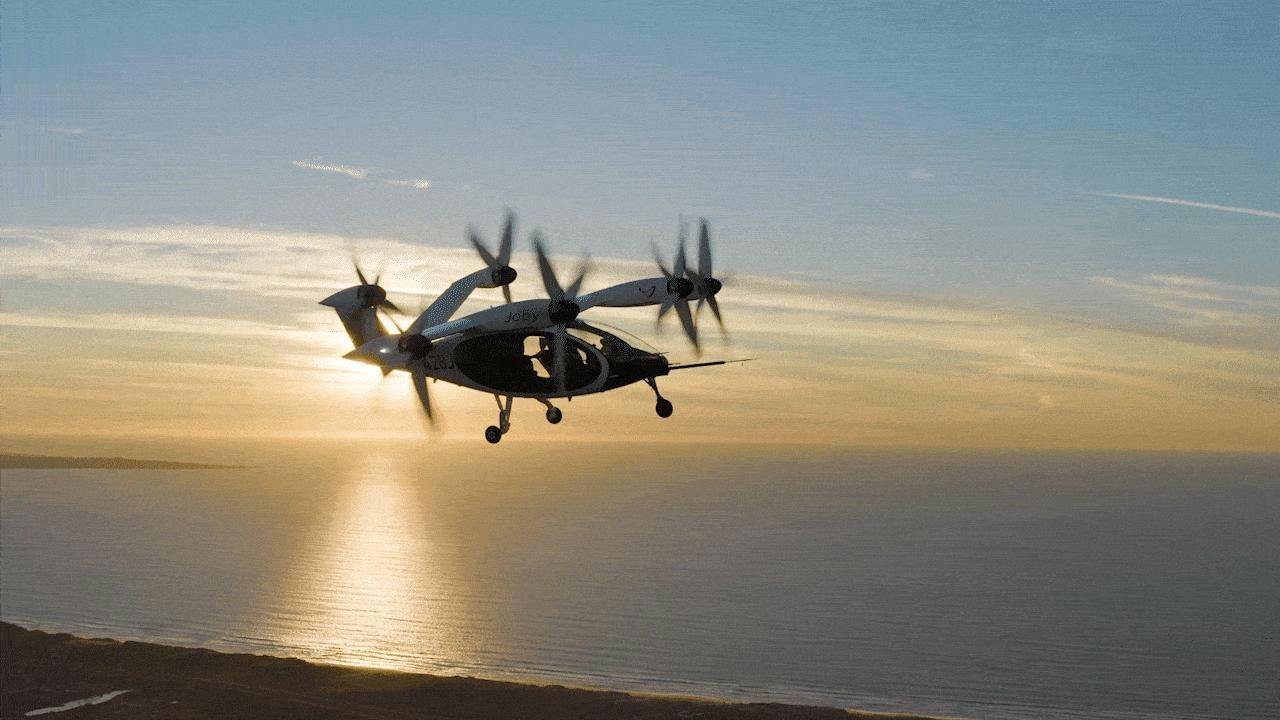
AeroGenie — Uw intelligente copiloot.
Trending
Categories
Gama Aviation Opens Business Aviation Center in Sharjah
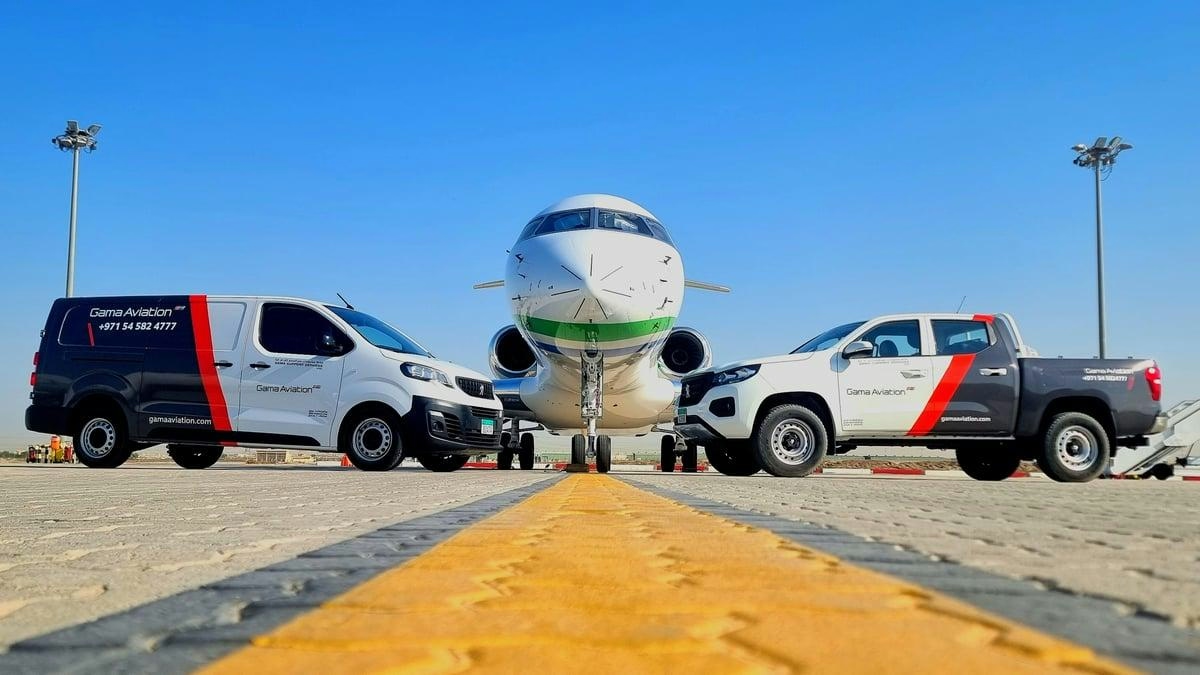
Gama Aviation Advances Business Aviation Infrastructure in Sharjah
Gama Aviation has announced substantial progress on its new Business Aviation Centre at Sharjah International Airport, United Arab Emirates, with completion anticipated by early 2026. The expansive facility, covering over 80,000 square meters (861,113 square feet), represents a significant investment in Sharjah’s aviation infrastructure and aims to reinforce the emirate’s status as a prominent regional hub for business aviation.
Facility Features and Strategic Vision
Since 2014, Gama Aviation has provided fixed-base operator (FBO) services at Sharjah International Airport. The forthcoming centre will include a 3,000-square-meter (32,292-square-foot) terminal equipped with private lounges, relaxation suites, an observation bar, and a range of hospitality amenities designed to enhance the client experience. A 12,000-square-meter (129,167-square-foot) hangar will be capable of accommodating multiple large-cabin jets, featuring wide-span doors, direct apron access, and comprehensive facilities for aircraft parking, storage, and line maintenance.
Marwan Khalek, Group Chief Executive Officer of Gama Aviation, highlighted the strategic importance of the project, stating, “Our investment in Sharjah underlines our confidence in both the emirate and the region’s aviation future. It supports the UAE’s Vision 2030 framework by delivering world-class aviation infrastructure and creating high-value employment, while giving our clients an efficient, well-connected alternative to more congested hubs.”
The centre is designed to meet diverse operational needs, including a self-maneuvering apron, dedicated fueling stations, and ground support equipment. Maintenance, repair, and overhaul (MRO) infrastructure will be integrated to support line maintenance operations with approvals for multiple original equipment manufacturer (OEM) aircraft types, with plans for further capability expansion. Crew facilities will feature rest suites, 24-hour dining, briefing rooms, and priority parking adjacent to the terminal. The hangar will also accommodate engineering teams, tooling, parts storage, and client viewing areas.
Tom Murphy, Managing Director of FBO Services at Gama Aviation, emphasized the ambition behind the development: “The Sharjah Business Aviation Centre will set a new benchmark for private aviation in the Middle East and beyond. We are not building this facility to meet expectations — we are designing it to exceed them.”
Regional Context and Competitive Landscape
The timing of this development is significant, coinciding with Dubai International Airport’s planned closure and the consolidation of operations at Dubai World Central. Gama Aviation positions the Sharjah facility as a strategic alternative for business aviation operators and owners seeking options beyond Dubai’s increasingly congested hubs.
Nevertheless, the regional business aviation market is becoming increasingly competitive. Established operators such as Skyservice Business Aviation, which recently inaugurated a new FBO in Napa County, and the expanding business aviation activity at Dubai’s Mohammed Bin Rashid Aerospace Hub, present formidable competition. While Gama Aviation’s expansion is likely to attract heightened interest from operators, the company may face challenges related to regulatory compliance and operational integration. Competitors are also expected to respond by enhancing their own facilities and services to maintain market share.
Gama Aviation operates across five divisions, including aircraft management and charter, FBO services, MRO, special mission operations, and technology and outsourcing. Beyond Sharjah, the company manages FBO facilities in Glasgow, Scotland, and Jersey, Channel Islands.
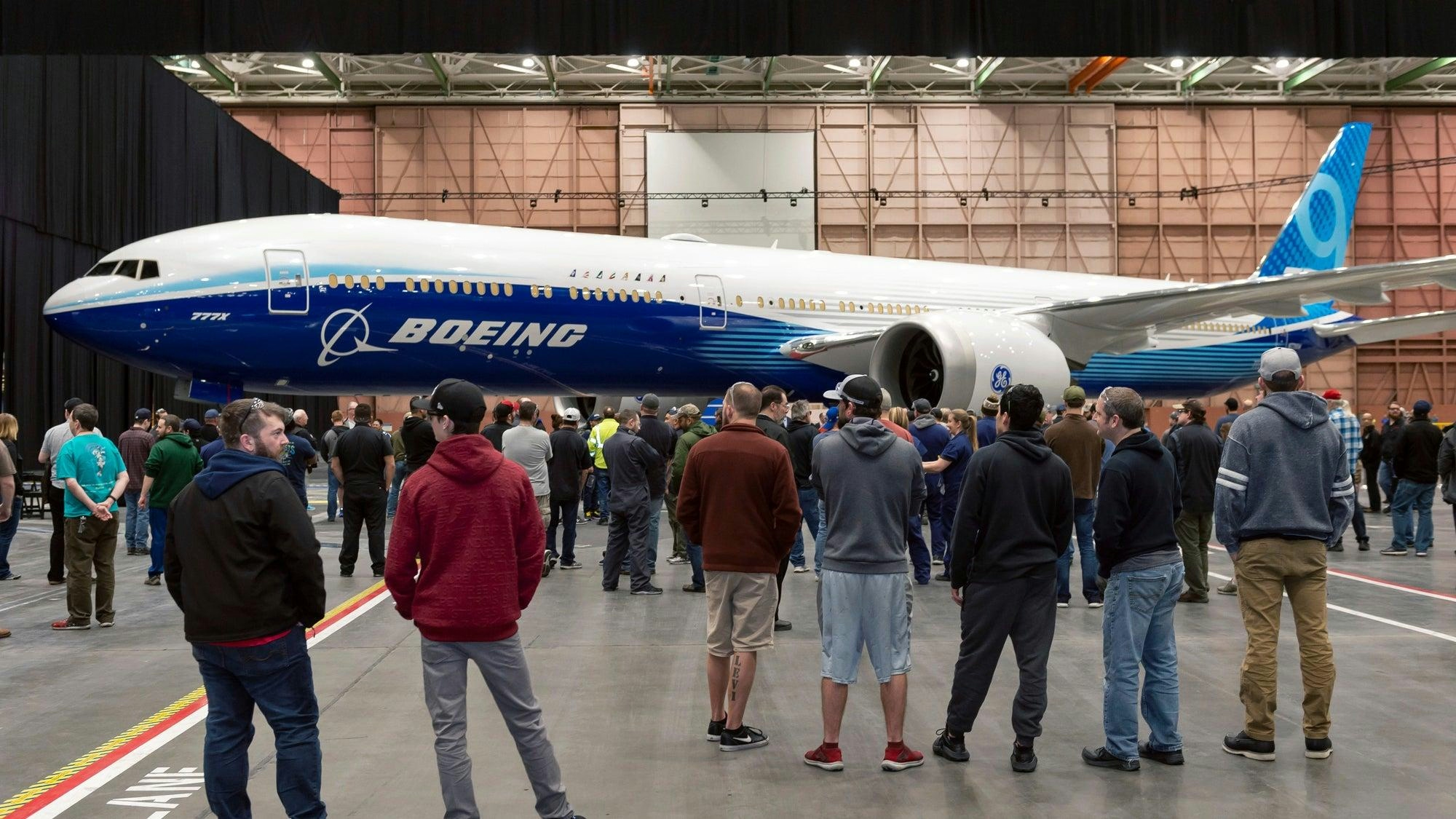
Why the Boeing 777X Is Limited to a Single Engine Type
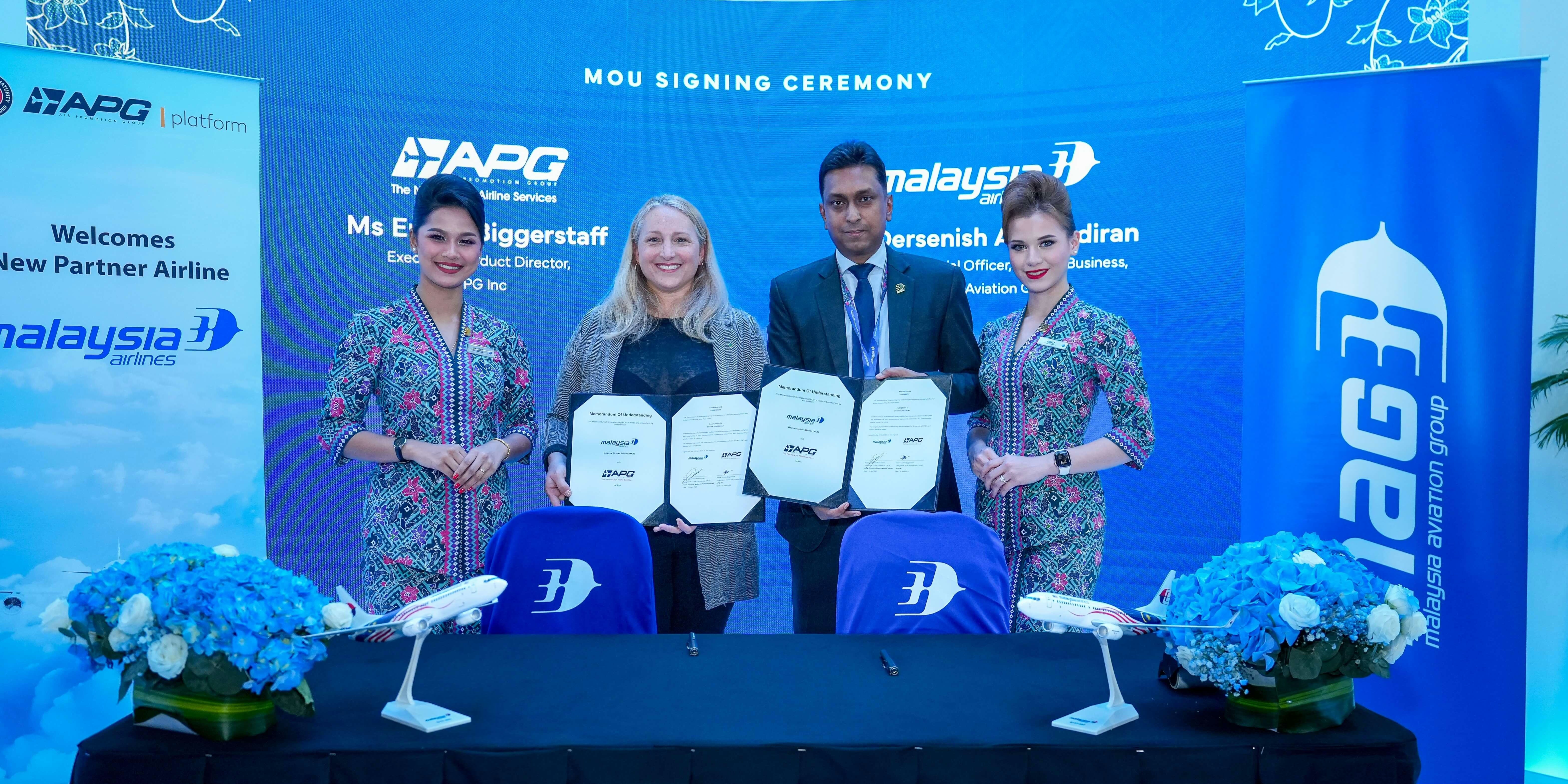
Malaysia Aviation Group Announces Long-Term Business Plan
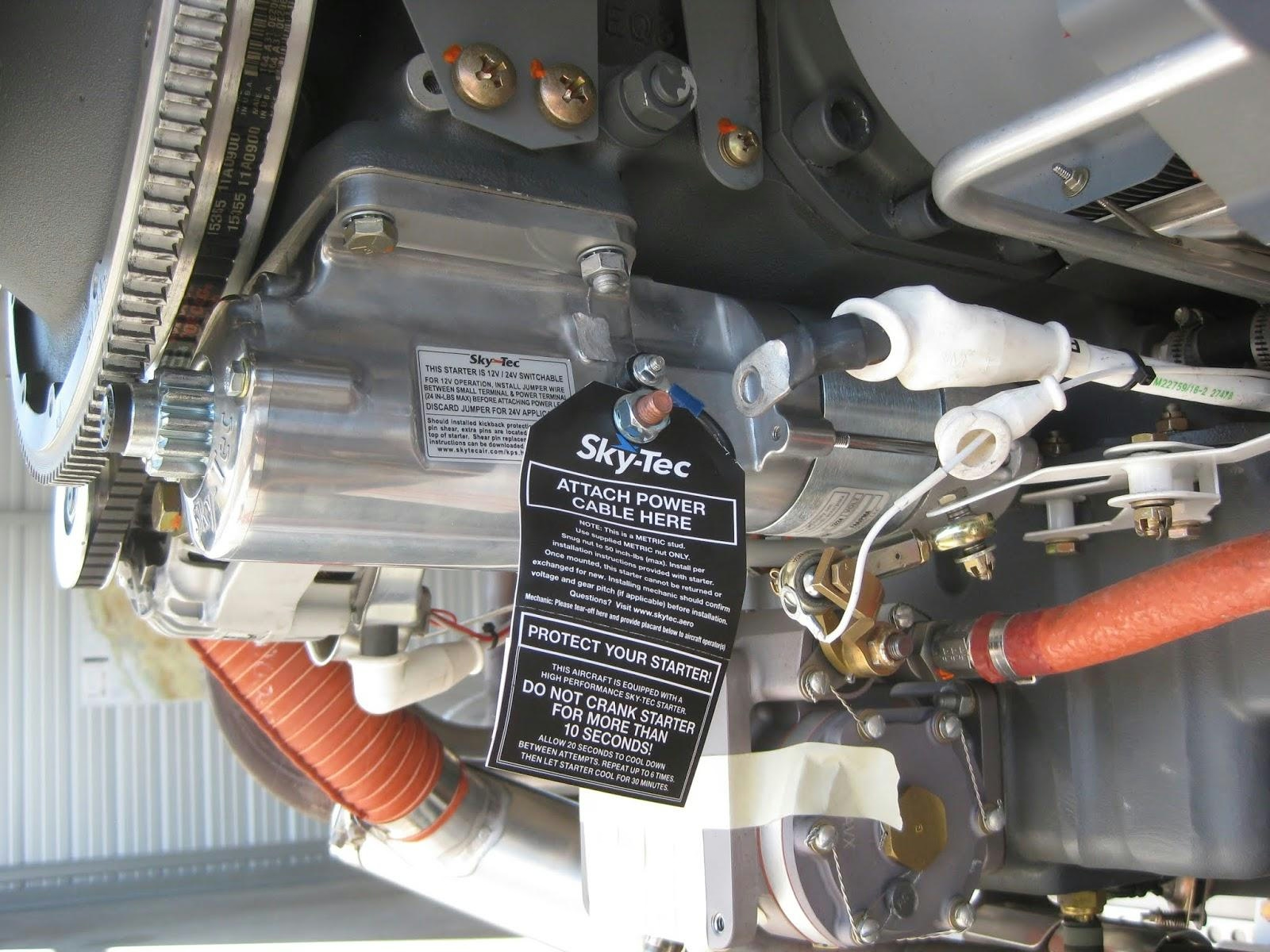
Hartzell Launches Sky-Tec Starter Line
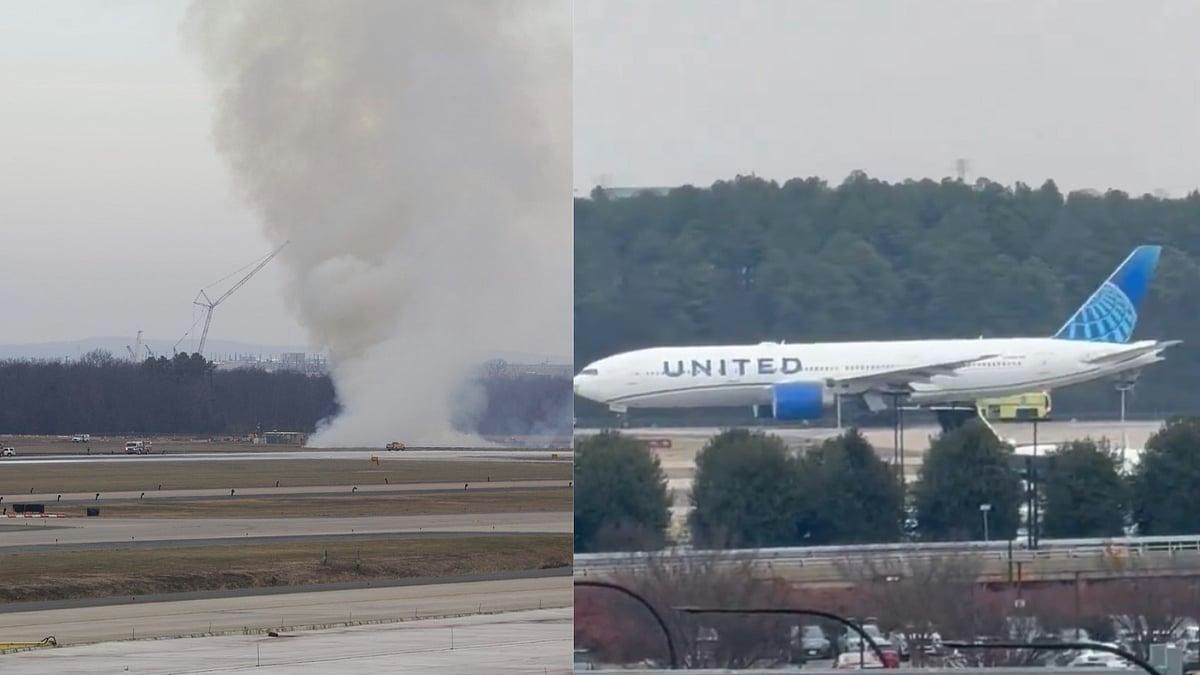
Boeing 777 Engine Failure Reported at Dulles Airport
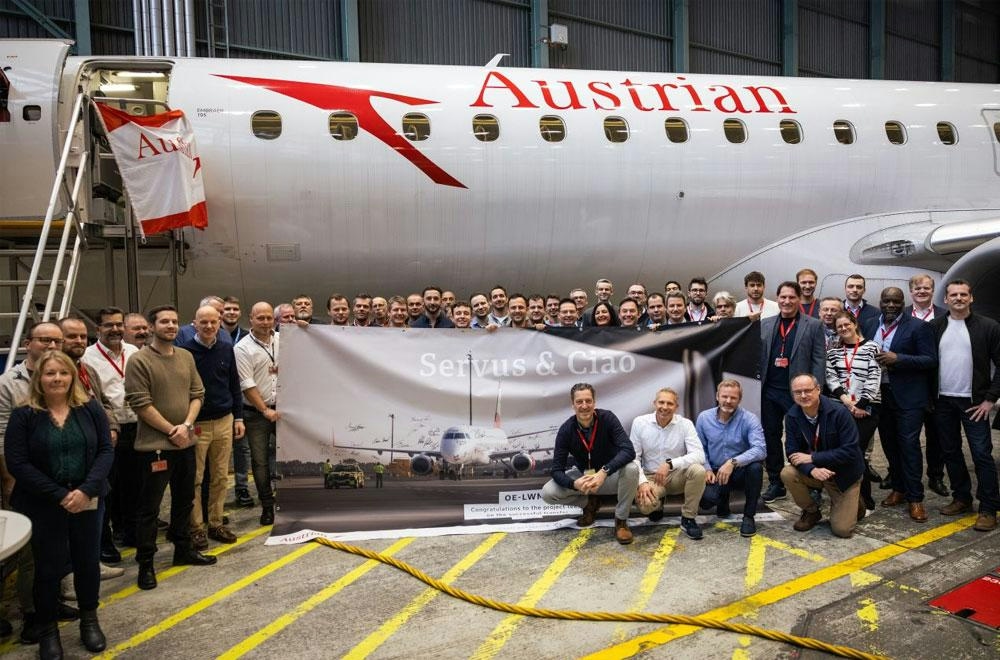
Austrian Airlines Transfers Embraer Fleet to Air Dolomiti

Airbus and Ingenium Open Aerospace Innovation Lab in Ottawa
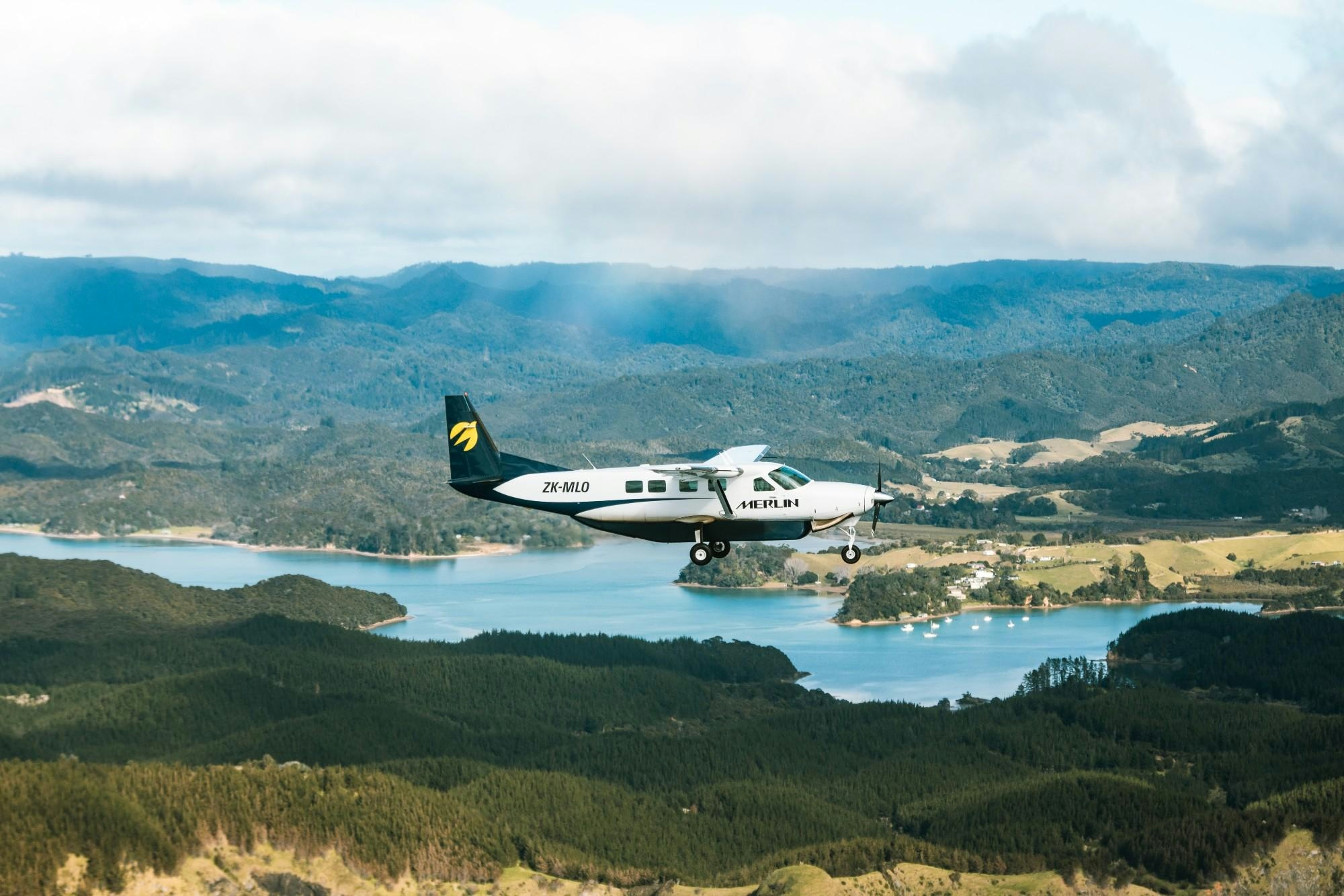
Merlin Labs: AI Aviation Company with SPAC Downside Protection

Heli-One Extends AW101 Search and Rescue Support in Norway

Falko Completes First Aircraft Sale in Japan
